Real Mail-Order Bride SUCCESS stories!
Real Mail-Order Bride SUCCESS stories!
.
I completed a 12-part article series covering many (but far from all) scams reported in nineteenth century mail-order bride situations. Many sad circumstances where lonely individuals lost their life savings. As a result, the blog series carves a picture of mayhem and disappointment. In other words, did anyone find love?
Yes! Even though many matrimonial agencies were investigated and found fraudulent, many circumstances were honest. Couples found one another through “mail-order” methods and eventually married.
.
I’m delighted to share with you Real Mail-Order Bride SUCCESS Stories!
.
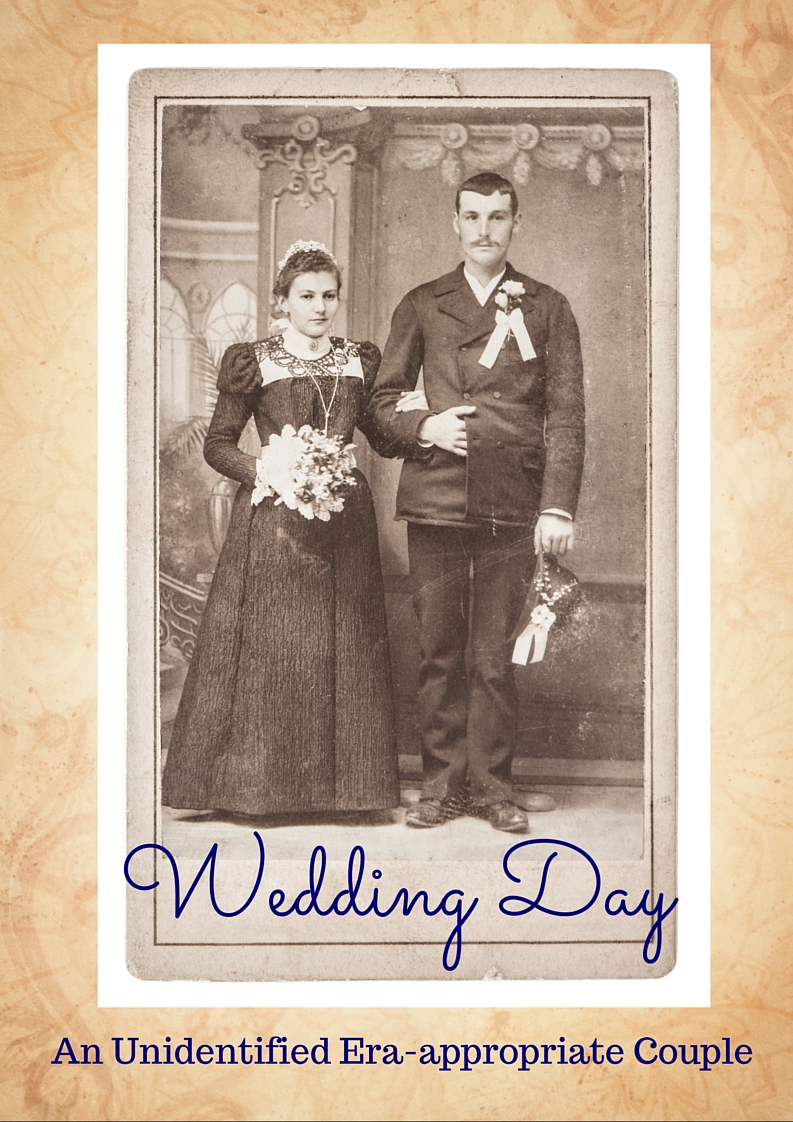
.

.
.
Happiness doesn’t create sensational news
.
Newspaper articles cover devastation, disaster, remarkable circumstances. Seldom do peaceful, content, happily-ever-after tales grace the front page of newspapers, then or now.
.
Everyday happiness isn’t all that sensational. Unless journals survived and outsiders could identify a love-match worthy of talking about, most grand successes with mail-order brides were simply unrecorded.
.
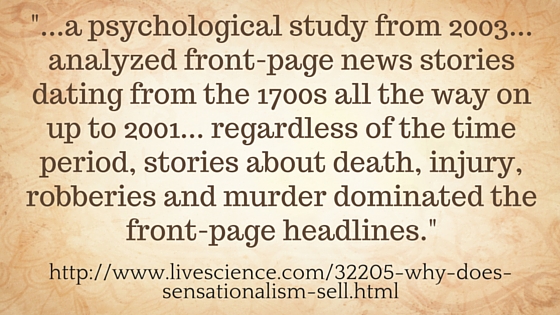
.
In fact, newspaper announcements of Silver Wedding Anniversaries and Golden Wedding Anniversaries from 1875 through 1950 seldom (because all of my digging turned up zero references, but I hate to say “never”) referred to the couple’s courtship or circumstances of meeting. Many couples quietly lived a real mail-order bride success story but left no documentation such as journals, letters, or anniversary announcements in the paper.
.
Happily Married
.
What’s Love Got To Do With It
.
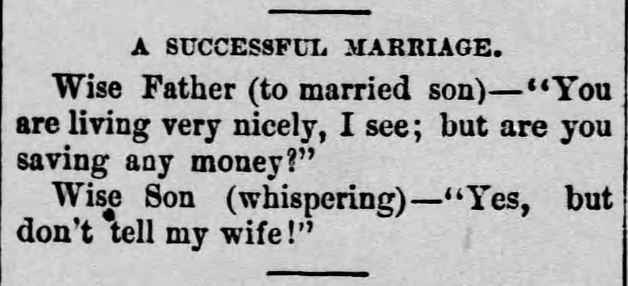
Humor: “A Successful Marriage.” From The Daily Republican of Monongahela, Pennsylvania on September 18, 1890.
.
In addition, “happily married” was defined, historically, by each partner’s adherence to responsibilities.
.
If the husband supported his family financially, restrained from swearing in a lady’s or child’s company, and kept his temper in check, he was a good husband. And happily wedded.
.
Likewise, to be a “good wife” all she need do is every “woman” household chore, cook edible meals, and remain utterly faithful. Husbands expected wives to manage the household finances and live with economy. Waste not, want not.
.
“Good marriage” and “happily married” references seldom had any reference to a couple being in love or more than merely content with one another.
.
These factors make it difficult for historians to find honest-to-goodness stories of long-lived happy mail-order bride stories. You know, the kind we love to read and intentionally seek for entertainment purposes.
.
Thanks to newspapers.com, and authors Chris Enss, Betty Henshaw & Daniel Tyler, Glenda Riley, Cathy Luchetti, and nineteenth century Elinore Pruitt Stewart, I have six success stories to share in specifics.
.
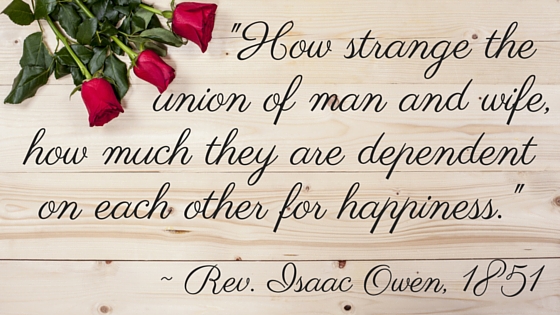
.

.
Historians Believe “High Percentage of Permanent Marriages”
.
“In spite of the occasional mismatch or short-lived union, historians at the National Archive Department in Washington believe that mail-order brides produced a high percentage of permanent marriages. The reason cited is that the advertisements were candid and direct in their explanations of exactly what was wanted and expected form a prospective spouse. And if requested, the parties involved sent accurate photos of themselves along with a page of background information. Often, when the pair met, the groom-to-be signed an agreement, witnessed by three upstanding members of the territory, not to abuse or mistreat the bride-to-be. The prospective bride then signed a paper (also witnessed) not to nag or try to change the intended.
.
“Desperate bachelors and pining maidens were willing to consent to whatever terms were necessary in order to secure a spouse. The scarcity of females in the West and the rapidly changing times forced traditional thinking women and men to succumb to new ways of finding a mate. Mail-order couples wed in hopes that their mutually beneficial marriage would develop into love. History records that many times the result was, indeed, a happily-ever-after life for both.“
.
Source: Afterword, Hearts West: True Stories of Mail-Order Brides on the Frontier by Chris Enss, pp 107-108
.
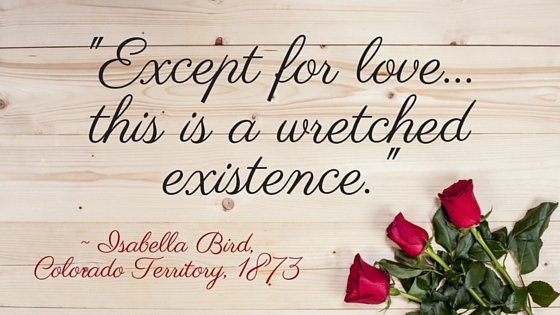
.

.
Now, the good stuff! See the sections below containing real mail-order bride success stories.
.
“A Leap Year Romance” becomes a SUCCESSFUL MOB ROMANCE
.
Mr. and Mrs. Thomas Mitchell
.
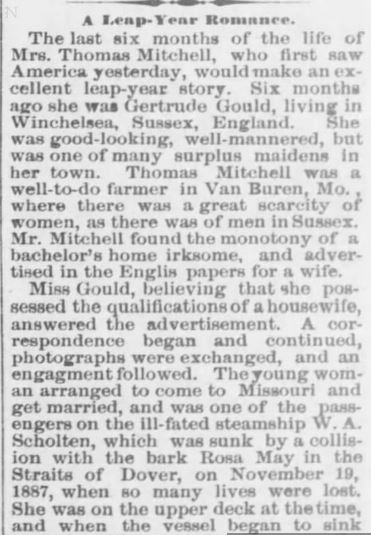
Leap Year Romance. part 1. The Weekly Kansas Chief. Troy, KS. 21 January, 1892.
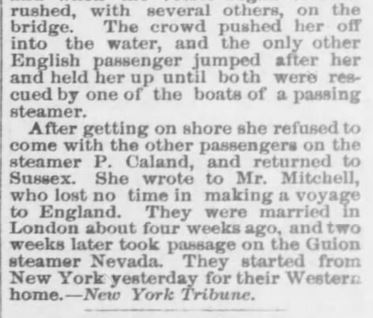
Leap Year Romance. part 2. The Weekly Kansas Chief. Troy, KS. 21 January, 1892.
.
It seems like this tale is a leap-year romance story (as the article states) because 1892 was a leap year. The newspaper explains their situation in short, remarking on the danger experienced in her travels. Bride and groom were apparently well on their way to a happily-ever-after in January of 1892.
.
I wonder what ultimately became of Mr. and Mrs. Thomas Mitchell of Van Buren, Missouri?
.

.
Mr. and Mrs. Jay Hemsley
.
“On June 5, 1871, twenty-four-year-old Sara Baines, from Louisiana, married forty-eight-year-old Jay Hemsley, of Ohio, at Fort Bridger, Wyoming. Jay had responded to an advertisement placed in the October 12, 1869, edition of Frank Leslie’s Illustrated Weekly. the two had corresponded for more than a year before Jay, a businessman and farmer, proposed to Sara, a seamstress. A day after meeting at the fort’s trading post, the couple was wed… Jay and Sara Hemsley… were married for more than fifty-one years.”
.
Source: OBJECT: Matrimony, the Risky Business of Mail-Order Matchmaking on the Western Frontier, by Chris Enss, p. 103, 107
.
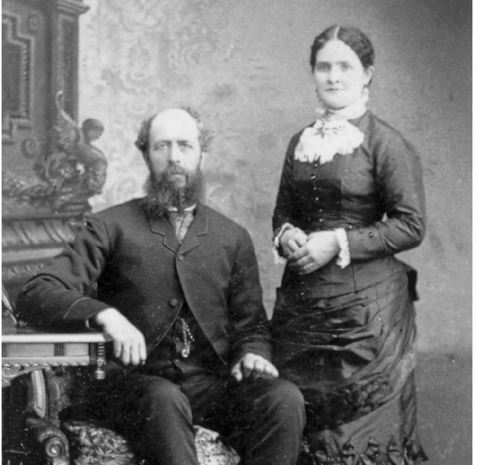
Jay Hemsley and his wife Sarah Baines Hemsley on their wedding day; image from OBJECT: Matrimony, by Chris Enss, p. 105
.

.
Mr. and Mrs. William Silbaugh
.
The story of William Silbaugh and his mail-order bride, Phoebe Harrington, is related in Chris Enss’s book Hearts West: True Stories of Mail-Order Brides on the Frontier.
.
William was born in the east and moved west as a young man–for better health and better opportunities. He found himself in Jerome, Idaho, and in need of a bride in 1906. He was well-employed as a surveyor and thus could support a wife and family. He asked his aunt in West Virginia to “shop for a woman for him”, and to essentially ensure this woman would meet the family’s expectations of a good wife and be of the quality William himself needed.
.
.
No pictures were exchanged prior to Phoebe Harrington’s arrival. All William had to recognize her was a written description of Phoebe’s appearance. Despite the lack of a photograph, Phoebe was recognized by her husband-to-be. The pair exchanged pleasant greetings, collected her luggage, and walked down the street to the justice of the peace where they exchanged vows in a quick ceremony.
The Silbaugh farm was a 20 mile drive from the railway town, a many hours’ drive in a buckboard over less than ideal roads. The farm was located in Magic Valley, a glorious name for a location believed to be fertile and productive but which ultimately proved otherwise. Despite diligence and hard work, the property never yielded sufficient harvests and eventually William decided to move his wife and children north to ranch near the town of Salmon, Idaho where their hard work paid off with much higher dividends.
.
“In 1958, William and his mail-order bride celebrated forty-seven years of marriage. Their time together ended when William was killed in a car accident. Phoebe died sixteen years later at eighty-one years old.”
.
Source: Hearts West: True Stories of Mail-Order Brides on the Frontier, page 34.
.

.
Mr. and Mrs. William Tracy
.
“During the spring of 1869… William Tracy of Bozeman, Montana, left for Illinois to marry Sarah Jane Bessey, thus triggering a chain of preparations in Bozeman. Upon Tracy’s return with his bride, local women sponsored a welcoming dinner and taught Sarah to cook. According to Sarah, ‘in all there were just fourteen women in the town in 1869, but they all vied with each other to help us and to make us welcome.’ After such a start it would have been difficult for William and Sarah Jane Tracy to admit any marital dissatisfaction they might have felt: they needed at least to make a good try at their marriage.”
.
Source: Building and Breaking Families in the American West by Glenda Riley, page 51.
.

.
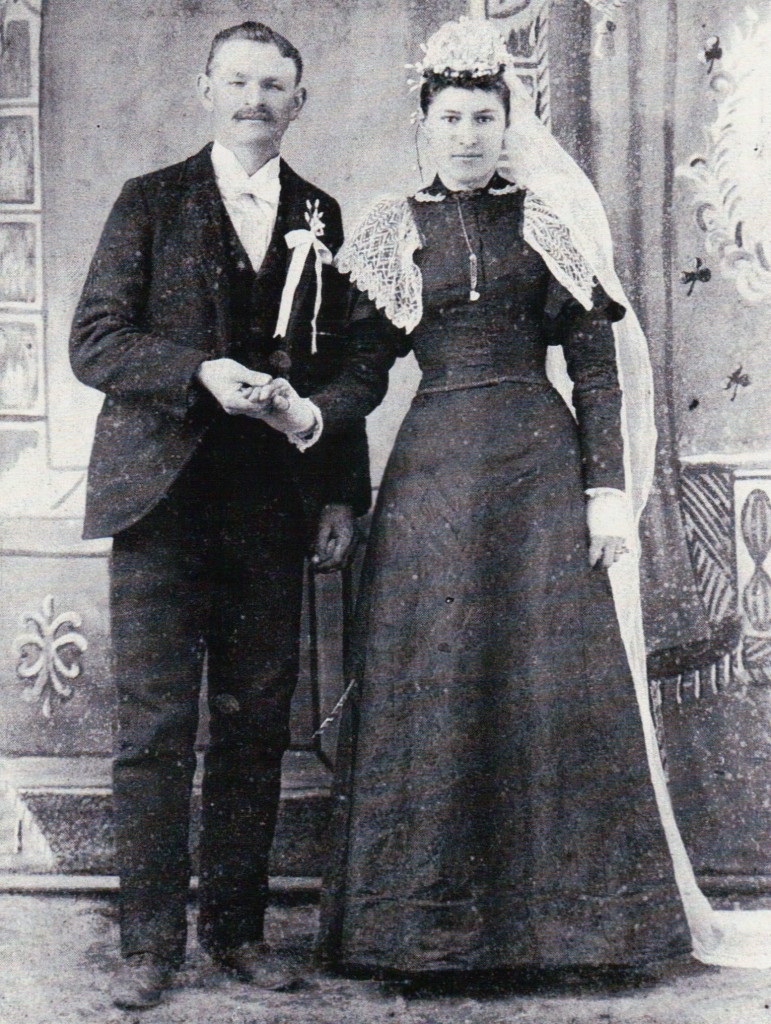
Mr. and Mrs. John Kaliscal, “I Do!” by Cathy Luchetti, p 112.
.

.
Mr. and Mrs. Tom Burney
.
The “correspondence courtship” and resultant marriage of Mr. and Mrs. Tom Burney of Pinedale, Wyoming and his bride is captured in “I Do!” by Cathy Luchetti and in Letters on an Elk Hunt. “Letters” is an historic nonfiction book by a female homesteader, Elinore Pruitt Stewart. I’m personally familiar with Pinedale, Wyoming where Tom Burney was a rancher, and the long miles between Green River (where his bride apparently ended her train journey) and his home. Absolutely gorgeous mountains and vegetation, intermingled with a bit of desert. 113 miles. Quite a drive in a horse-drawn wagon over early 20th century, rutted dirt roads.
.
But by the descriptive letters written by Elinore Pruitt Stewart, it’s evident the newlyweds were deeply in love.
.
“In a wobbly old buckboard sat a young couple completely engrossed by each other. That he was a Westerner we knew by his cowboy hat and boots; that she was an Easterner, by her not knowing how to dress for the ride across the desert. She wore a foolish little chiffon hat which the alkali dust had ruined, and all the rest of her clothes matched.”
.
…”It came out that our young couple were bride and groom. They had never seen each other until the night before, having met through a matrimonial paper. They had met in Green River and were married that morning, and the young husband was taking her away up to Pinedale to his ranch.”
.
…”The newly-weds were, as the bride put it, ‘so full of happiness they had nothing to put it in.’ Certainly their spirits overflowed… They are Mr. and Mrs. Tom Burney… One day she got hold of a matrimonial paper and saw Mr. Burney’s ad. She answered and they corresponded for several months.”
.
Elinore’s uncommonly careful journal-keeping and letter-writing continued, covering Mr. and Mrs. Burney’s departure from the group’s caravan. When a day’s drive of their home, the Burneys separated from the group. Roughly one hundred pages later (and after some time had elapsed) Elinore records in Letters on an Elk Hunt:
.
“It was like meeting an old friend; he seemed as pleased as we and insisted on our going up to his ranch; he said “the missus” would feel slighted if we passed her by. So we turned into another lane, and presently drew up before the ranch house. “The missus” came dancing out to meet us, and a right welcome she made us feel. Mr. Burney went back to bring the rest, but they were already setting up the tents and had supper almost ready. However, we stayed and had supper with the Burneys.
.
“They are powerful happy and talked eagerly of themselves and their prospects. ‘It’s just grand to have a home of your own and some one to do for. I just love to mend for Tommy, but I always hated to mend before,” said the missus.
.
“You bet,” Mr. Burney answered, “it is sure fine to know there’s somebody at home with a pretty pink dress on, waiting for a fellow when he comes in from a long day in the saddle.”
.
Source: Letters on an Elk Hunt, by Elinore Pruitt Stewart, pp 134-135
.

.
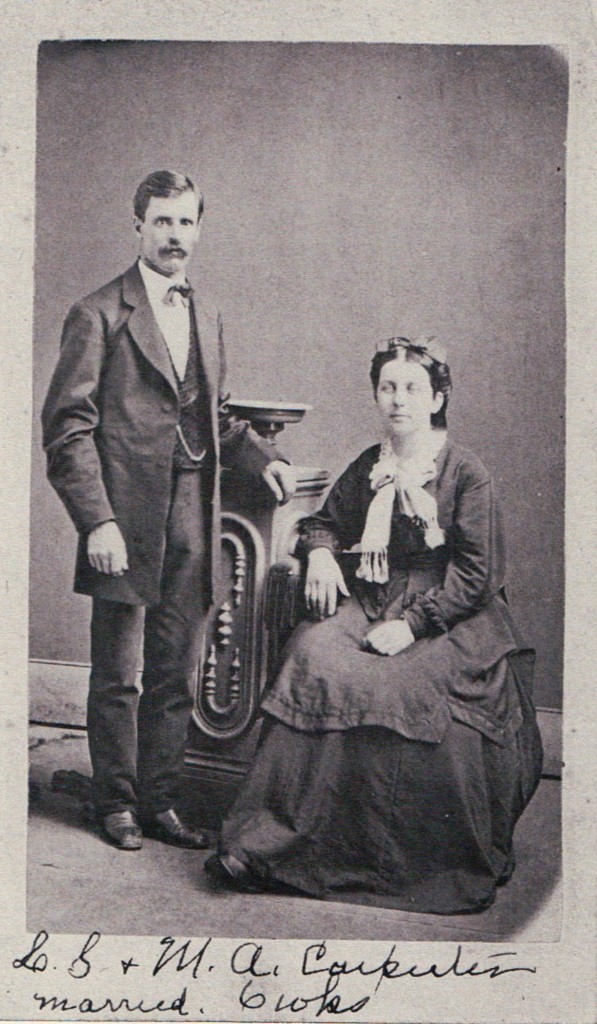
Leroy and Martha Carpenter, six weeks after their marriage (wedding date: April 25, 1872). Love in an Envelope.
.
From the front and back flaps of the hardcover edition of Love in an Envelope, edited by Daniel Tyler with Betty Henshaw:
.
“As he boarded a westbound train near his Tipton, Iowa, home in April 1871, Leroy S. Carpenter eagerly looked head to a new future in the recently settled Union Colony of Greeley, Colorado…
.
“But Leroy’s ties to Iowa were not destined to be completely severed. Although his principal thoughts on the train may have focused on potential adversities awaiting the family in Colorado, he carried in his heart the image of a young lady from De Witt, Iowa, whom he had met during the fall of 1870. Her name was Martha A. Bennett. She would turn seventeen a few days after the Carpenters arrived in Colorado. Martha and Leroy had been introduced by Methodist relatives, and because both families attended church regularly and farmed within thirty miles of each other, they had been able to visit on at least two occasions prior to Leroy’s sudden departure.
.
“The two began exchanging letters in December 1870 when both were still living in Iowa. They continued to write for the next sixteen months, Leroy posting most of his letters from Greeley… In April 1872, with his first Colorado crops in the ground, Leroy returned by train to marry the woman with whom he had fallen in love through correspondence. They had been separated for over a year.
.
“Fifty-four letters survive: thirty from Leroy, twenty-four from Martha. I found them in a rough-cut wooden box, buried in the bottom of a container filled with papers relating to Carpenter family history…
.
“I was not prepared for what I found in that small wooden box. As I began to liberate a few of the letters from their long imprisonment in tightly creased envelopes measuring five by two inches, I became aware of being one of the first, if not the first, to witness the private thoughts, questions, and intimacies of two people who gradually learned to love each other through long-distance correspondence. It was like finding unexpected and undeserved riches. At first I felt I might be violating the confidentiality of Leroy and Martha’s most private moments…. But after I had read their own views of the letters, I realized how proud they were of their epistolary courtship, and I concluded there was considerable value in publishing their love story.”
.
Source: Front and back flaps of the hardcover edition of Love in an Envelope, edited by Daniel Tyler with Betty Henshaw.
.

.
Invitation
.
I’d so enjoy hearing your thoughts on the SUCCESSES behind mail-order bride marriages–either these historical couples or others you’ve learned of. If you know about other real successes of mail-order matches in the nineteenth century United States, please let me know!

Please share this article with those who might enjoy it. It’s easy to email or share on Facebook (or other social media). Thanks for spreading the enjoyment of the history behind Western Historical Romance.
.

.
Mentioned Resources
Real Mail-Order Bride Success Stories!
.
Related Articles
Real Mail-Order Bride Success Stories!
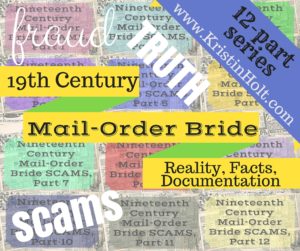
Beginning of a 12-part series: 19th Century Mail-Order Bride SCAMS: Reality, Facts, Documentation, Fraud, Truth. This link starts off with 1st part, with links to the remaining articles.
Updated May 2022
Copyright © 2016 Kristin Holt LC
Real Mail-Order Bride SUCCESS Stories! Real Mail-Order Bride SUCCESS Stories!

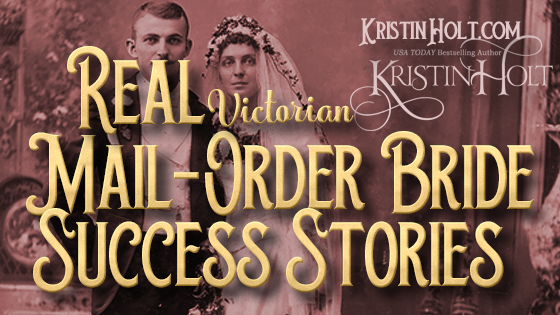

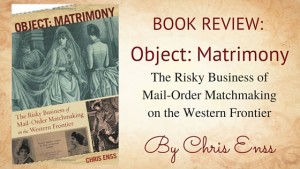
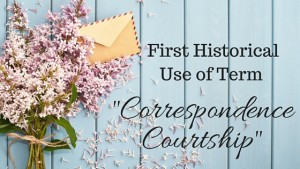
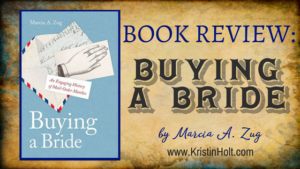
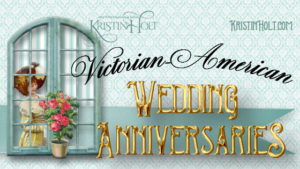


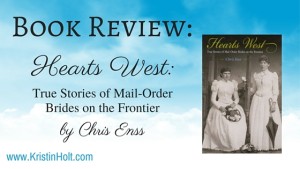
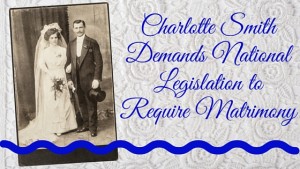

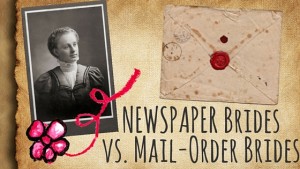
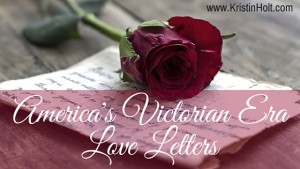
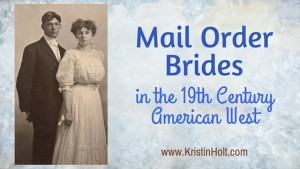
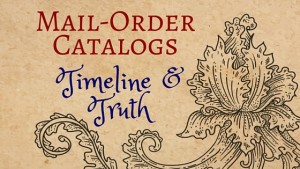
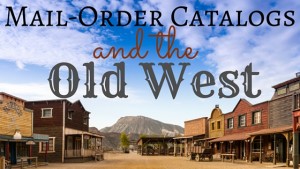
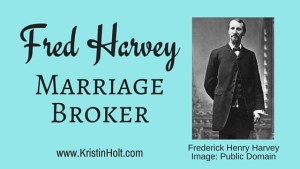
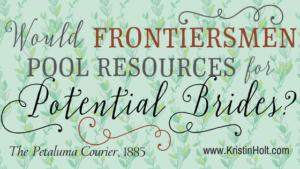
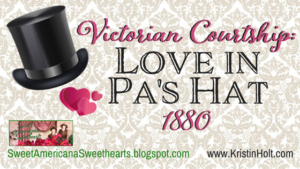
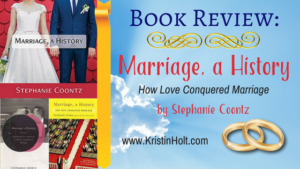








What a fabulous blog post! So fascinating! I had always heard some family members in the 1930s had met through a marriage correspondence course. What a wild history–well done!
Thanks, Larissa–
Crazy what used to bring people together, isn’t it?